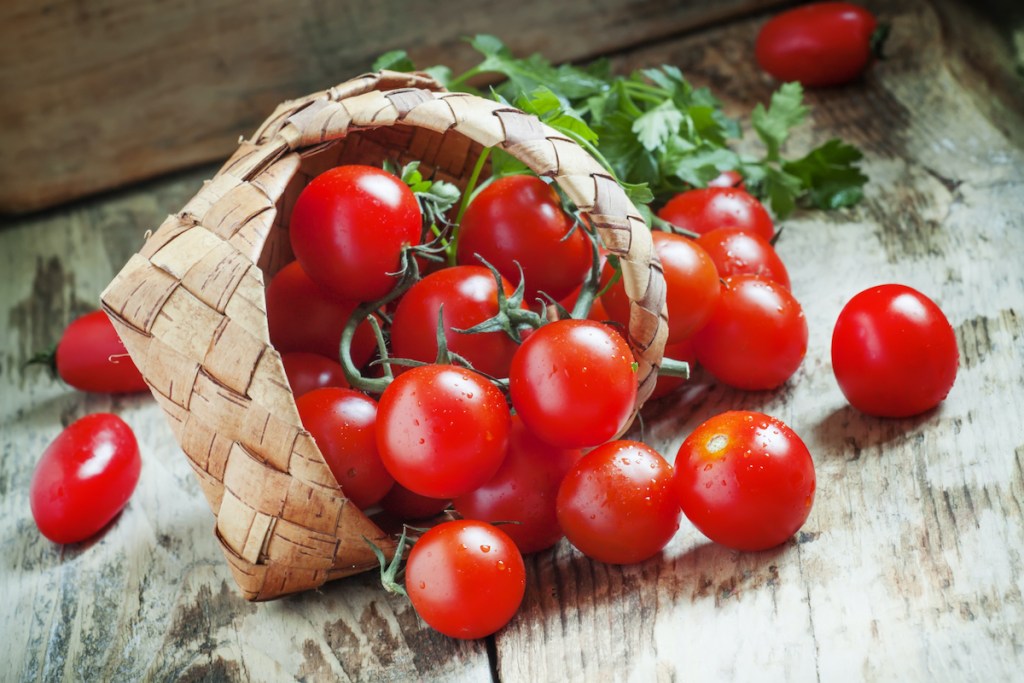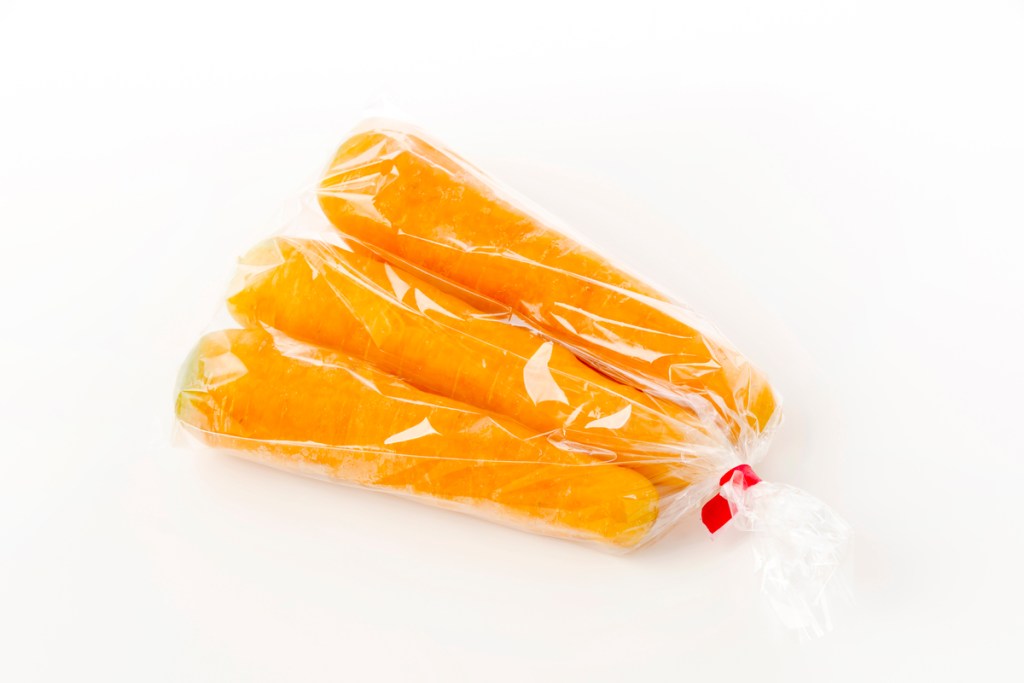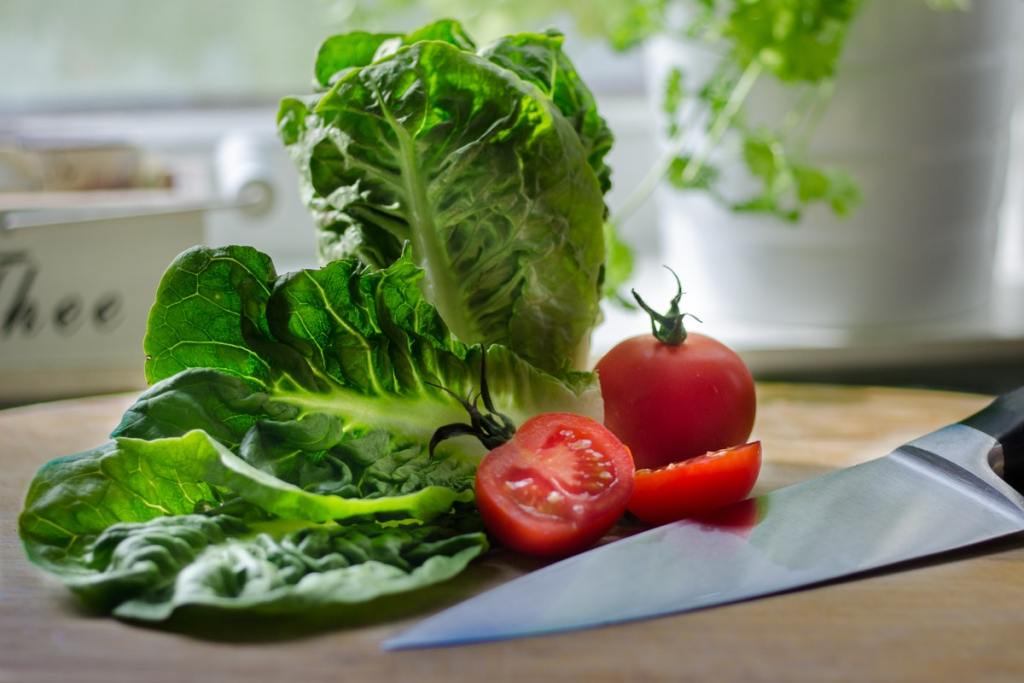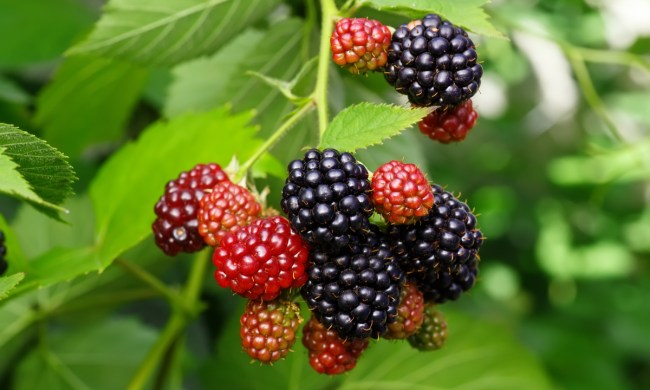It pays to know how to save fresh produce so that it doesn’t spoil before you can use it. Whether you are preparing for harvest time from your new vegetable garden, taking advantage of in-season sale, or want to stock up because going to the grocery store is a hassle, it’s easy to become overwhelmed with an abundance of fresh produce.
Fresh is best
The shelf life of fresh produce varies based on the type and the conditions in which it is stored. But before you think about how to store it, first consider the quality of the fruits and veggies you buy. For extended storage, it is vital to start with the freshest available. Avoid buying items with wilted or yellow leaves, dull coloration, blemishes, or wrinkled skin. Cabbage, onions, root vegetables, and squash should feel heavy for their size, an indication that they are still well hydrated. If you’re harvesting from your garden, use any blemished items first and store the healthiest stuff for later use.
Store fresh produce in the right conditions
The three elements that most affect the storage quality of fresh produce are temperature, airflow, and ethylene gas. Lots of produce stores best in the refrigerator, but onions, garlic, potatoes, and sweet potatoes prefer cool room temperature.
Refrigerated produce benefits from a sealed environment, like a plastic zipper bag, grocery store produce bag, or lidded container, where it is protected from dehydration and ethylene gas exposure. Produce that is stored at room temperature requires good air circulation to avoid condensation and rot. Never leave these items in plastic bags, even if the bag is perforated.
Some items such as ripening bananas, avocados, tomatoes, and apples give off ethylene gas as they sit on the counter or in the fridge. Other fruits and veggies, like green beans, broccoli, carrots, leafy greens, and sweet potatoes are sensitive to ethylene. Ethylene-sensitive produce ripens and decays faster in the presence of ethylene, so take care to keep them separated.

Potatoes and sweet potatoes
Refrigeration changes potato and sweet potato sugars to starch, and warm temperatures make them sprout, so a cool location is best. Prolonged exposure to light makes potatoes turn green. Store these roots in a dark, humid, room-temperature environment. Provide good air circulation and keep them away from ethylene producers like onions and bananas.
If an otherwise firm, healthy potato or sweet potato sprouts, it’s fine to cut off the sprout and cook the potato. If a regular potato turns green, do not eat it, as the green color is associated with buildup of toxic compounds in the tuber. Toss any potato that is shriveled or moldy.
Other root veggies
Beets, carrots, rutabagas, turnips and other root vegetables are some of the best for long storage. Prepare them first by removing leafy tops, then seal the roots in plastic bags. Place the sealed bags in any convenient place in the fridge.
The tops of root veggies are useful as salad or braised greens, or to make stock. After removing them from the roots, store them in the same way as other leafy greens. They’ll stay fresh for about a week.
Onions and garlic
Common onions and garlic store best at room temperature with good air circulation. They can be stored together. Moisture will cause them to spoil quickly, so be sure to remove them from plastic bags. Because alliums are gas producers, be sure to keep them away from ethylene-sensitive produce like potatoes.
If green shoots appear at the tops of onions or garlic, they are still safe to eat. The shoots themselves are edible, as well. Store green onions or scallions like root vegetables: cut off the root crown. Cut the tops short enough so they fit in a zipper bag, dry off any excess moisture, seal them in a bag, and store them in the fridge.
Cabbage family
Cabbage, broccoli, and cauliflower keep for a long time in the veggie crisper with little preparation. Remove leaves from broccoli and cauliflower, cut them to fit in zipper bags, seal them up, and store them in the refrigerator. Leave heads of cabbage intact and simply place the head in the crisper or quarter the head and store the quarters in zipper bags.
Winter squash
Hard-shelled squashes like butternut, acorn, and spaghetti squash should be stored at room temperature. Keep them out of direct sunlight with good air circulation, and they will stay in peak condition for several months. Store winter squash well away from ethylene producers.

Leafy greens
Leaf lettuces and baby greens don’t last long in storage, but other leafy greens can stay fresh two or more weeks. Romaine, iceberg, and other head lettuces last a couple of weeks or more stored in the crisper. Kale, collard greens, escarole, endive, watercress, and others require a minimal amount of preparation prior to storage. Remove any yellow, wilted or slimy leaves from the bundle and store them in a sealable container without washing them.
Apples and pears
Apples are susceptible to drying and getting soft, and they produce ethylene gas. Keep yours fresh and crisp by storing them in a plastic bag in a crisper drawer. But be sure to only store them with produce that is not sensitive to ethylene. If there’s no room in the drawer, they’ll keep just fine in the coldest part of your fridge.
Pears, on the other hand, often need a little time to finish ripening. Keep them on the counter in a bowl or paper bag. After they soften, move them to the refrigerator alongside the apples. Pears and apples will stay fresh in cold storage for up to three weeks.
Berries
Firm berries like strawberries, blackberries, and blueberries may harbor mold and bacteria that can shorten their storage life. When you bring them home, sort and wash them before storing them. Discard any shriveled, moldy, or otherwise blemished fruit, then wash them in a solution of 3 parts cold water to 1 part white vinegar. Drain and rinse with cold water. Spread them on a clean towel and gently pat dry. Wash the container they came in and reuse it, or place them in another clean container lined with a folded paper towel to absorb excess moisture. Store berries in the veggie crisper or on a shelf in the fridge.
If you want to make more efficient use of your grocery money, storing fresh fruits and veggies the right way can help. Proper handling of produce will ensure that it remains fresh longer, so you can eat it rather than throwing it out. It’s an easy way to save money and eat better.




